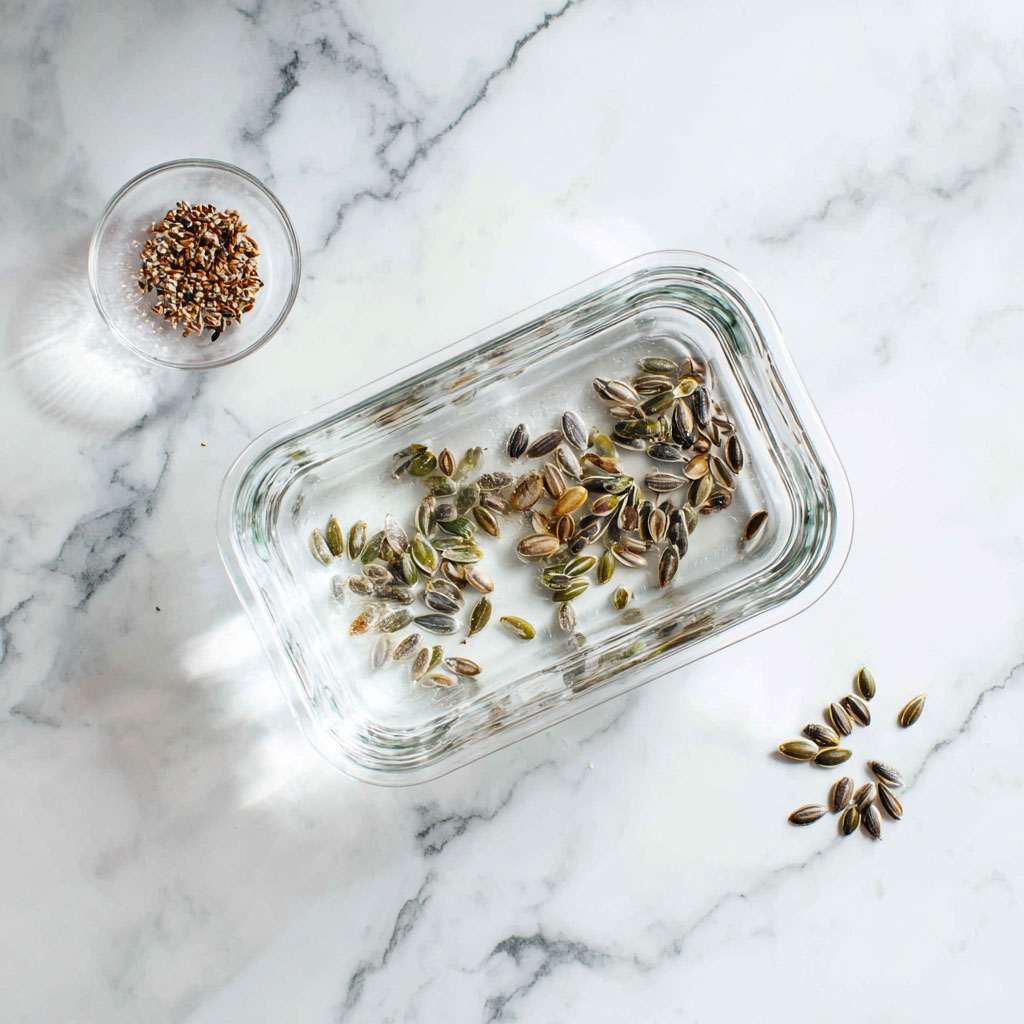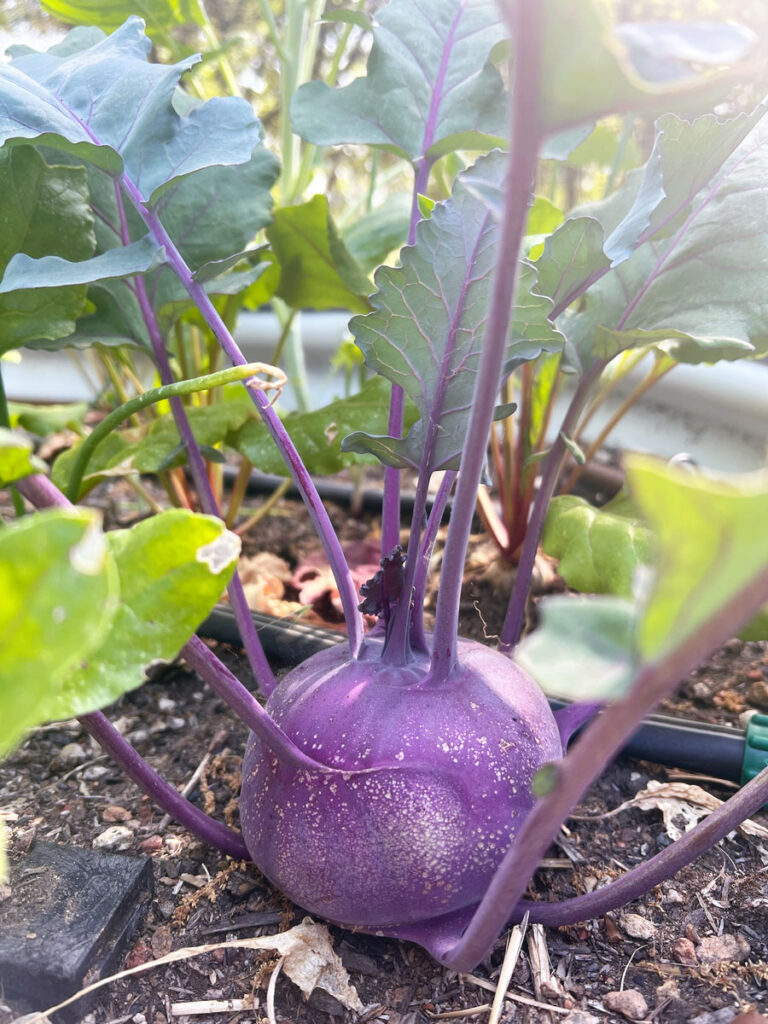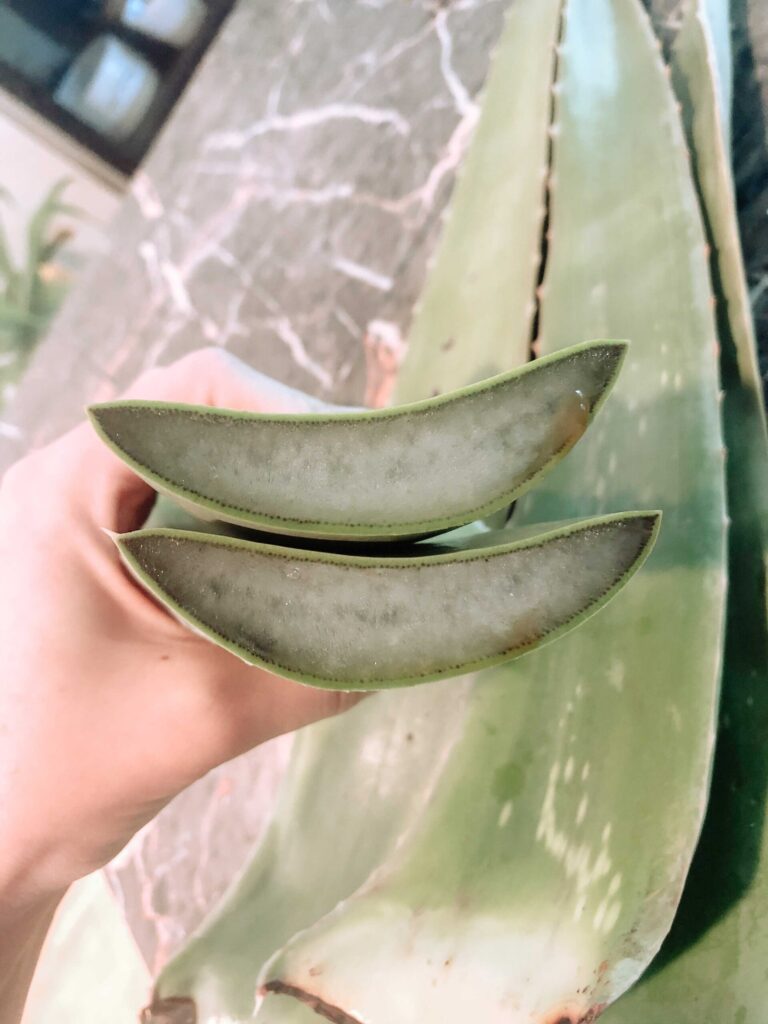garden
The Case for Growing Okra on Your Homestead
Why This Forgotten Crop Deserves a Comeback
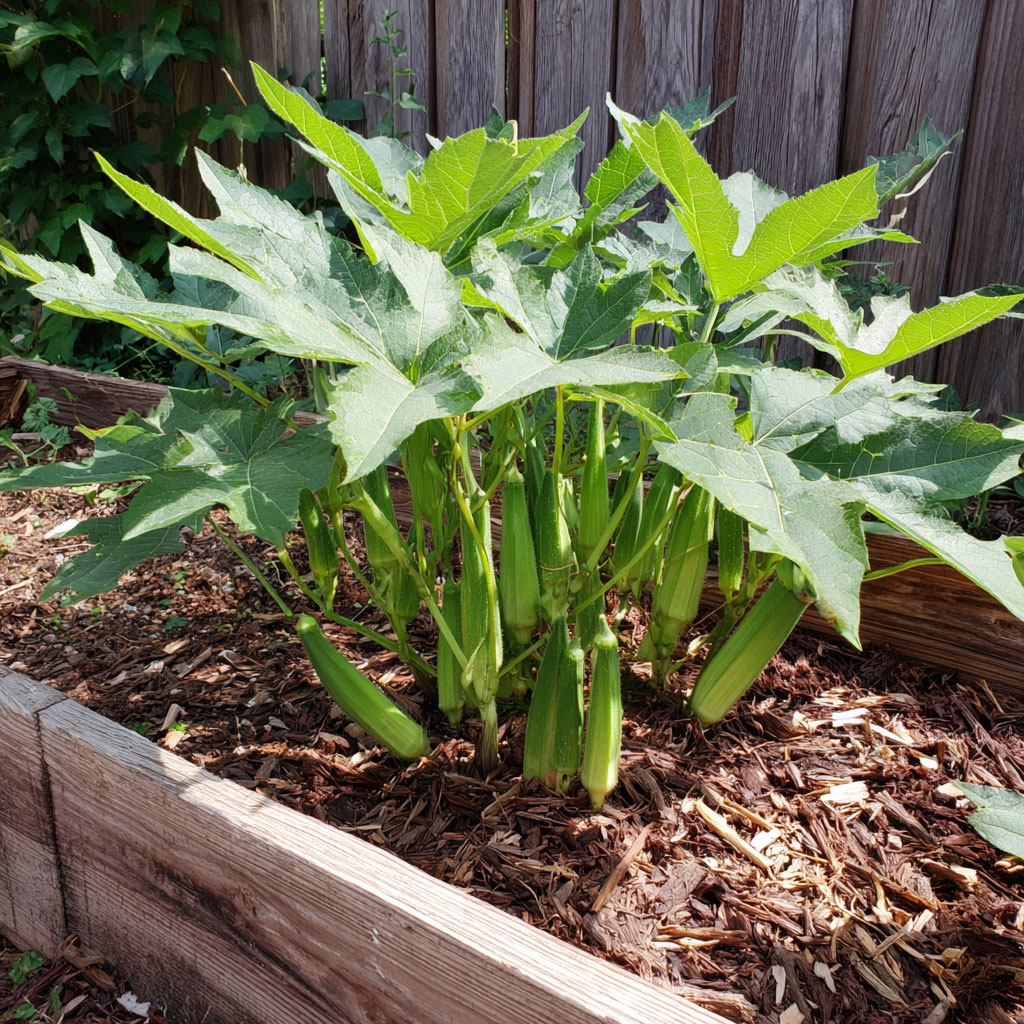
Okra may feel old‑school, but it’s a hidden gem.
Botanical Basics & Growing Appeal
Okra (Abelmoschus esculentus), part of the Malvaceae family along with hibiscus and cotton, thrives as a summer annual reaching 3–6 ft tall. Its hibiscus-like flowers yield pods rapidly—harvestable in just 50–60 days. Strong root systems and heat tolerance make it a homestead gardener’s dream in 80–90 °F conditions.
Garden & Environmental Advantages
Okra excels in full sun and minimal irrigation—requiring only ~1 inch of water per week to perform well even in dry spells. It produces steady harvests week after week, outpacing many other crops in consistent production per square foot. Its upright growth also makes it an efficient vertical space user—perfect for small gardens or interplanting.
Nutritional & Culinary Benefits
Low in calories but rich in fiber, vitamins C, K, A, folate, magnesium, and antioxidants like beta-carotene and lutein, okra boosts digestion, immunity, heart health, and even skin vitality. Its mucilage thickens stews and soups naturally, while culinary versatility spans frying, pickling, roasting, and stews like gumbo or bhindi.
Homestead Value: Seed Saving & Sustainability
Open-pollinated okra pods can be left to dry on the plant and harvested later for seed saving—ensuring next year’s crop is fully self-sustaining. This practice supports heirloom preservation and homestead independence. Its tough stalks and leaves can also be composted to build soil structure or mulch.
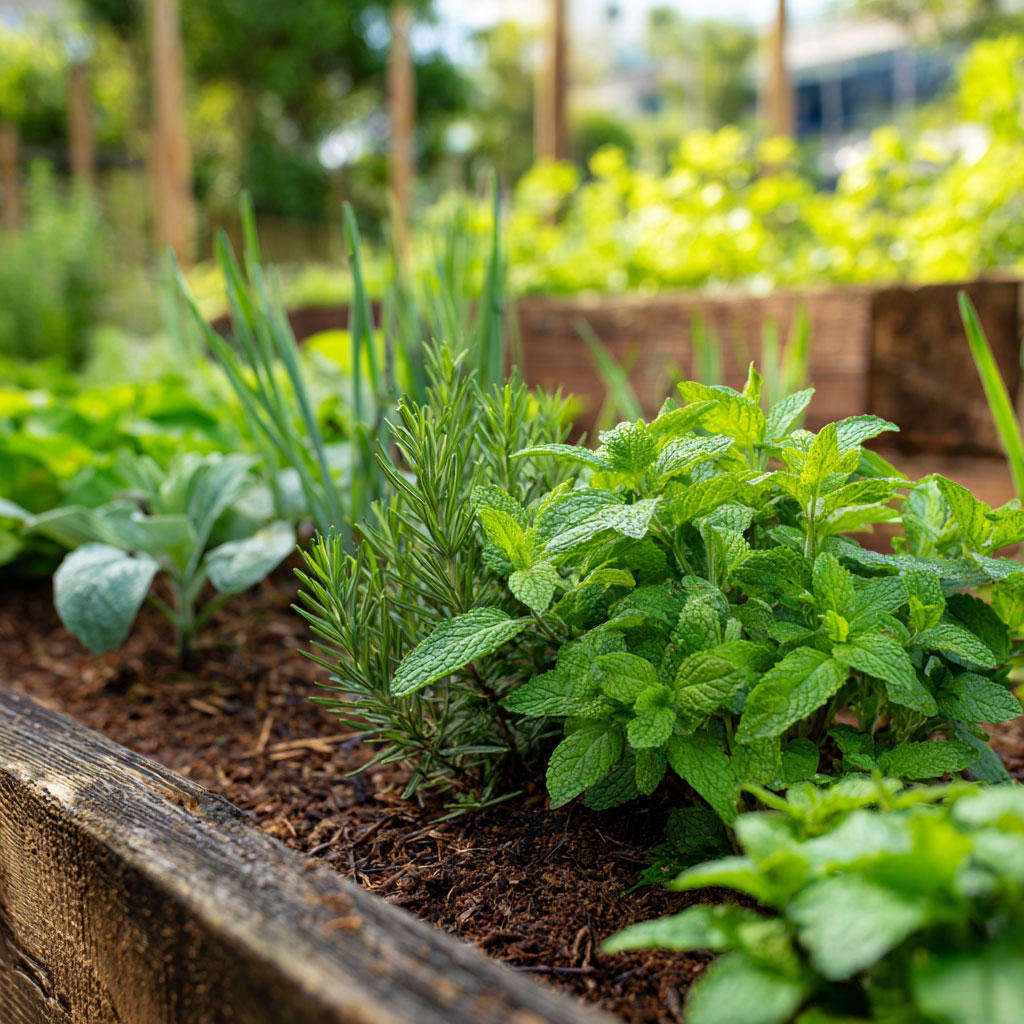
FREE downloadable garden planting guide
Sign up for our newsletter and download the free garden planting guide instantly
Getting Started: Practical Growing Tips
Direct sow okra ¾–1 inch deep once soil is above 70 °F—soaking seeds overnight improves germination. Space seedlings about 12–18 inches apart to accommodate big plants. Soil should be well-drained, pH 6.0–6.8, enriched with compost or manure if clay-heavy. Water consistently, mulch to retain moisture, and pick pods at 2–4 inches long—wear gloves for comfort.
Troubleshooting & Companion Planting Tips
Though okra resists many pests, watch for aphids, thrips, and flea beetles—and use companion plants or organic control measures. Rotate it with cereals or grasses to avoid root-knot nematodes, and don’t interplant with tomatoes, cucumbers, or eggplants, which share susceptibility to the same soil pests. Removing lower foliage can improve airflow and reduce fungal issues.
Harvesting & Creative Uses
Harvest pods frequently to maintain tenderness and encourage flower production. Harvested pods can be refrigerated (~3–4 days wrapped), blanched and frozen, or pickled for longer storage. Creative uses include roasted seeds as a caffeine-free coffee substitute, edible flowers in salads, or soluble fiber extracted as okra water—though whole okra packs far more nutritional punch.
A medicinal meadow isn’t just good for you—it’s a magnet for pollinators like bees, butterflies, and beneficial bugs. Plants like echinacea, bee balm, and calendula provide nectar and habitat for all kinds of friendly garden helpers. Skip the pesticides, and your garden will return the favor by keeping pests in check naturally. Plus, more pollinators mean more blooms, better harvests, and a healthier ecosystem overall.

